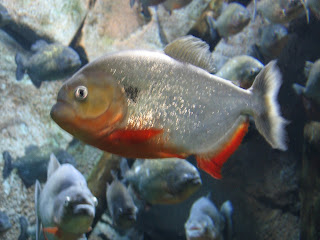Our first stop was in Clarksburg, New Jersey. The 180 mile trip took about 5 hours going from Long Island and through New York on a rainy day.
Philadelphia was across the river and our first stop was Pat’s, a recommended steak-sandwich stand on a corner plot in South Philly. The selection includes a choice of Cheez Whiz, American or provolone cheese and onions or no onions. The long lines move quickly and there is ample outside seating.
Geno's, across the street serves the same type sandwich and we visited it the next day to compare the two. Although both were good, we agreed that we preferred Pat’s.
A pair of ship smokestacks was visible from the Walt Whitman Bridge as we crossed over the Delaware River. As we got closer, the name on the rusted hulk revealed that it was the famous SS United States.
The SS United States, built in 1952 at a cost of $79 million, was the fastest cruise ship ever built -- Bob remembered the fascination it held as described in Life Magazine. Passage on the ship was more affordable that the other luxury liners at the time. Efforts to restore it were made (http://www.ssunitedstates.org/) but it appears that it will now be sold for scrap.
(http://philadelphia.bizjournals.com/philadelphia/stories/2009/02/23/story4.html)
Parking was available near Independence Hall but tickets were sold out.
We took a 20 minute buggy ride around the area and plan to return when we have more time. Being in the area and seeing the famous buildings was a thrill.

































































